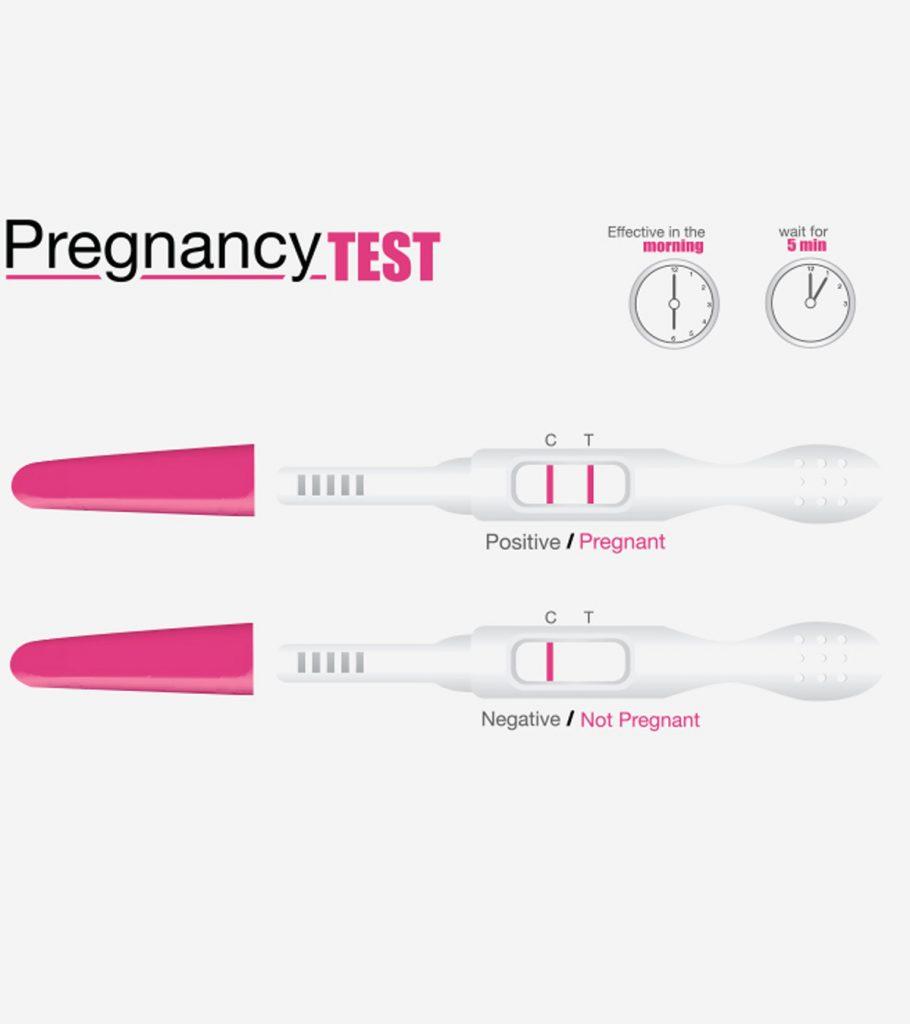
Urine Pregnancy Tests: A Comprehensive Guide
Introduction
Pregnancy is a life-changing event that brings immense joy and responsibility. Knowing whether you are pregnant is crucial for making informed decisions about your health and the well-being of your potential child. Urine pregnancy tests (UPTs) are a convenient and widely used method for detecting pregnancy early on. This comprehensive guide delves into the science behind UPTs, their accuracy, limitations, and how to interpret the results.
How Do UPTs Work?
UPTs detect the presence of human chorionic gonadotropin (hCG) in urine. hCG is a hormone produced by the placenta after a fertilized egg implants in the uterus. Its levels rise rapidly in the early stages of pregnancy, doubling every 48-72 hours.
UPTs contain antibodies that specifically bind to hCG. When a urine sample containing hCG comes into contact with the test strip, the antibodies bind to the hCG, creating a visible line or symbol on the test strip. The presence of this line or symbol indicates a positive result, while its absence indicates a negative result.
Types of UPTs
There are two main types of UPTs:
- Strip tests: These are the most common type of UPT. They consist of a paper strip with a test zone and a control zone. The test zone contains the antibodies that bind to hCG, while the control zone contains antibodies that bind to a different substance to ensure the test is working properly.
- Cassette tests: These tests are more expensive than strip tests, but they are also more user-friendly. They consist of a plastic cassette with a test window. The urine sample is added to the cassette, and the results are displayed in the test window.
Accuracy of UPTs
UPTs are generally very accurate when used correctly. However, there are certain factors that can affect their accuracy, including:
- Test sensitivity: The sensitivity of a UPT refers to the lowest level of hCG that it can detect. More sensitive tests can detect pregnancy earlier than less sensitive tests.
- Urine dilution: Diluted urine can contain lower levels of hCG, which can lead to false negative results. It is important to use concentrated urine for the most accurate results.
- Timing of the test: UPTs are most accurate when taken after the first missed period. Taking the test too early may lead to false negative results.
- User error: Incorrectly following the test instructions can lead to inaccurate results.
Interpreting UPT Results
The results of a UPT are typically easy to interpret. A positive result is indicated by the presence of two lines or symbols on the test strip or in the test window. One line or symbol indicates a negative result.
False Positive Results
False positive results, where a UPT indicates pregnancy when you are not actually pregnant, are rare. They can occur due to:
- Chemical interference: Certain medications or medical conditions can interfere with the test and cause a false positive result.
- Ectopic pregnancy: An ectopic pregnancy occurs when the fertilized egg implants outside the uterus. This can cause hCG levels to rise, leading to a false positive result.
False Negative Results
False negative results, where a UPT indicates no pregnancy when you are actually pregnant, are more common than false positive results. They can occur due to:
- Early pregnancy: UPTs may not be sensitive enough to detect hCG in the early stages of pregnancy.
- Diluted urine: Diluted urine can contain lower levels of hCG, which can lead to a false negative result.
- Improper test use: Incorrectly following the test instructions can lead to inaccurate results.
Confirmation of Pregnancy
If you get a positive UPT result, it is important to confirm the pregnancy with a blood test. Blood tests can detect hCG levels more accurately than UPTs and can also rule out ectopic pregnancy.
Limitations of UPTs
UPTs are a valuable tool for detecting pregnancy, but they have certain limitations:
- Cannot determine the gestational age: UPTs only indicate whether you are pregnant or not. They cannot determine how far along you are in your pregnancy.
- Cannot diagnose ectopic pregnancy: UPTs cannot differentiate between a normal pregnancy and an ectopic pregnancy.
- Not a substitute for medical care: A positive UPT result should be confirmed with a blood test and followed up with prenatal care.
Conclusion
Urine pregnancy tests are a convenient and reliable way to detect pregnancy early on. By understanding how they work, their accuracy, limitations, and how to interpret the results, you can use UPTs effectively to make informed decisions about your health and the well-being of your potential child. Remember, a positive UPT result should always be confirmed with a blood test and followed up with prenatal care.